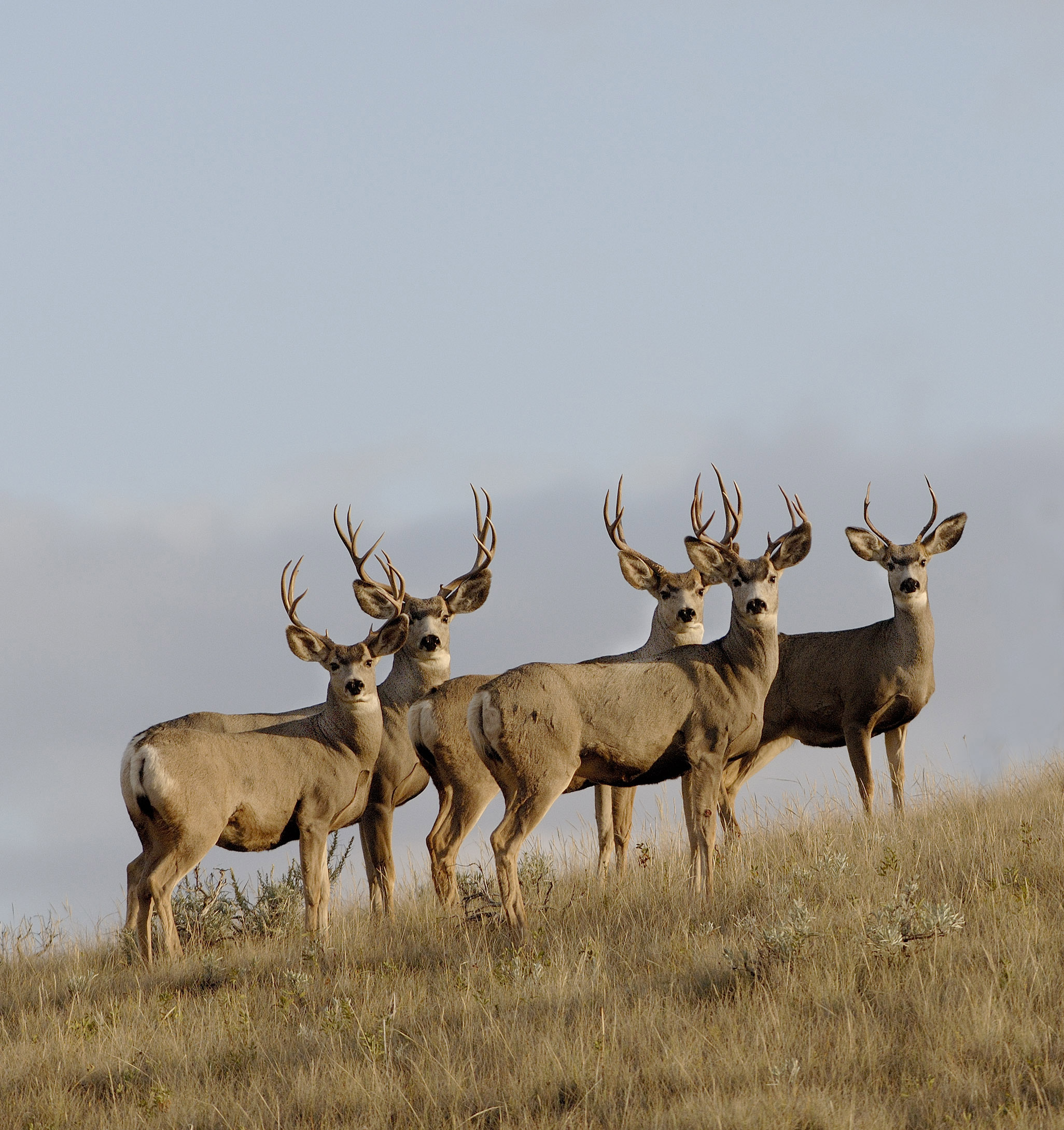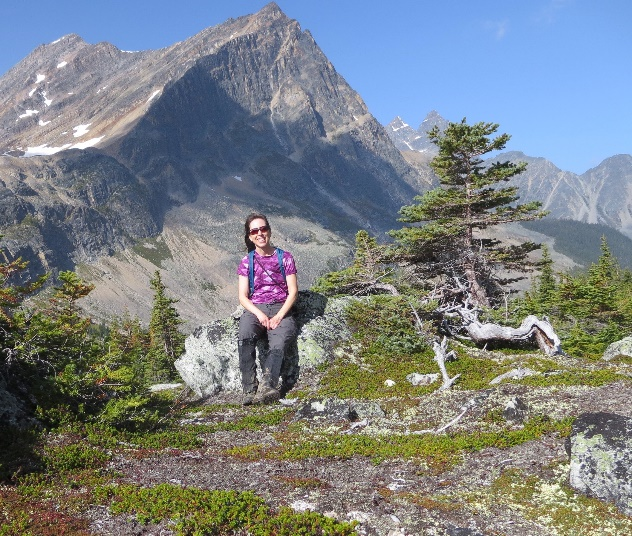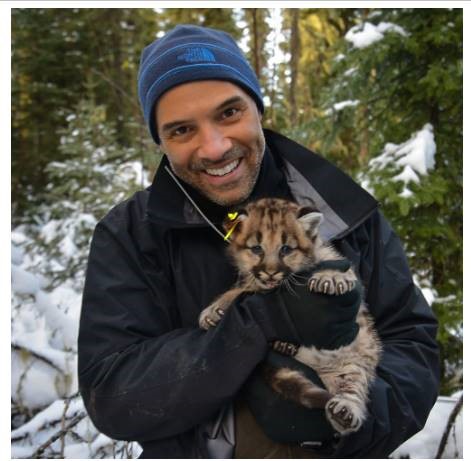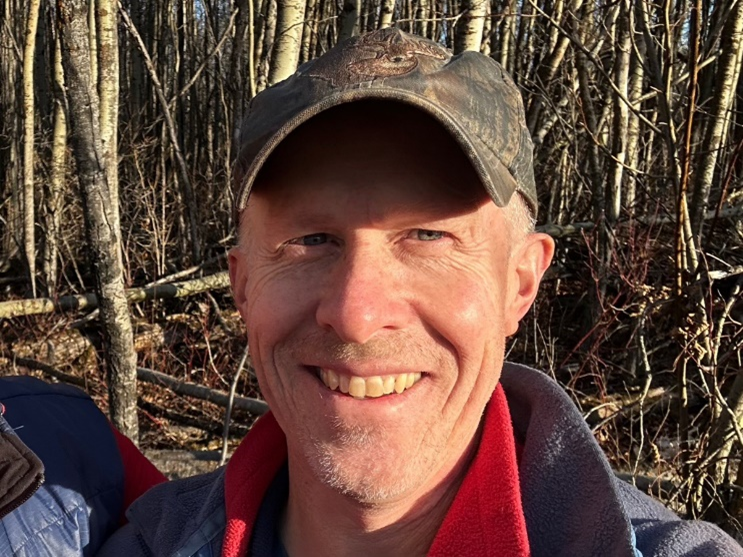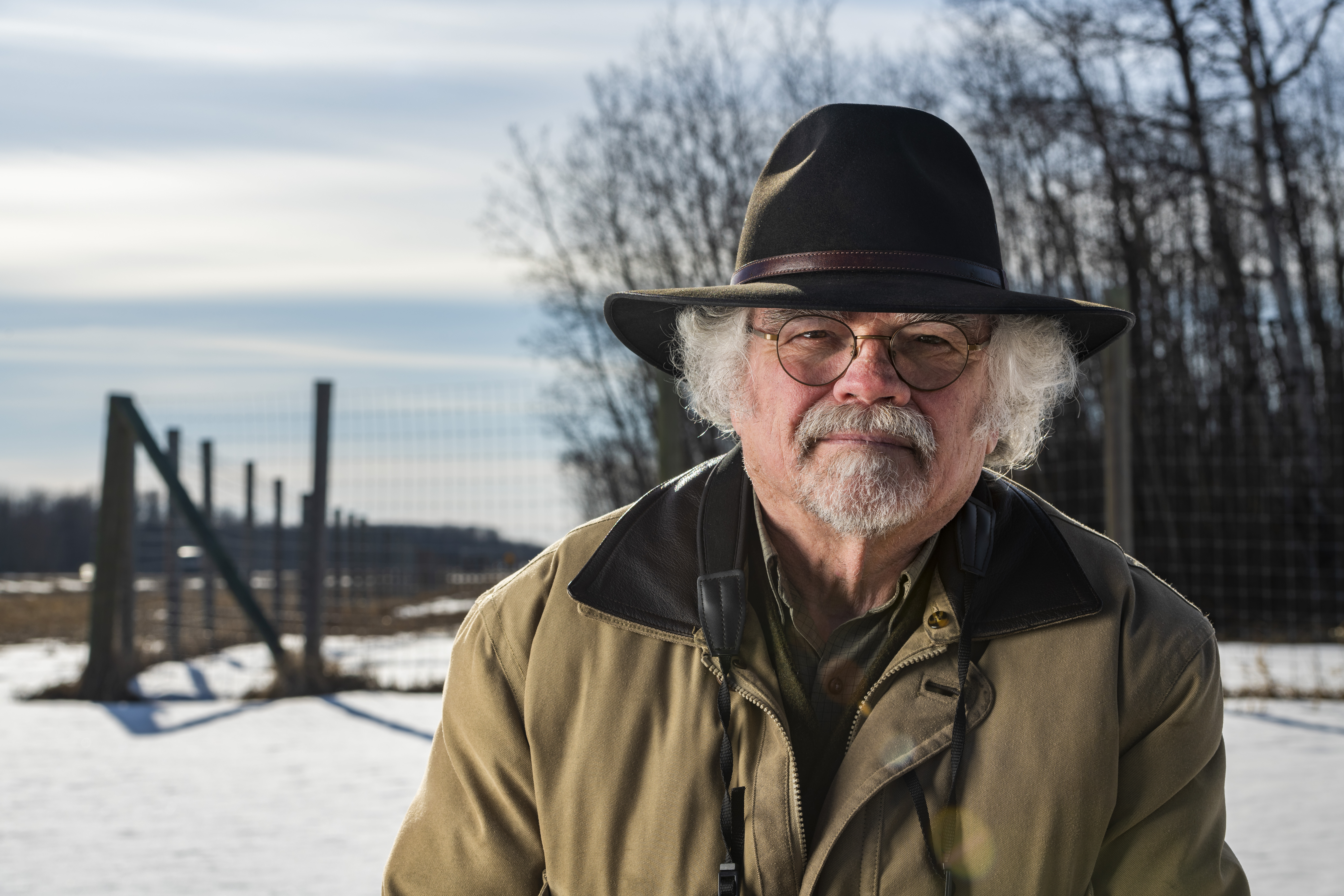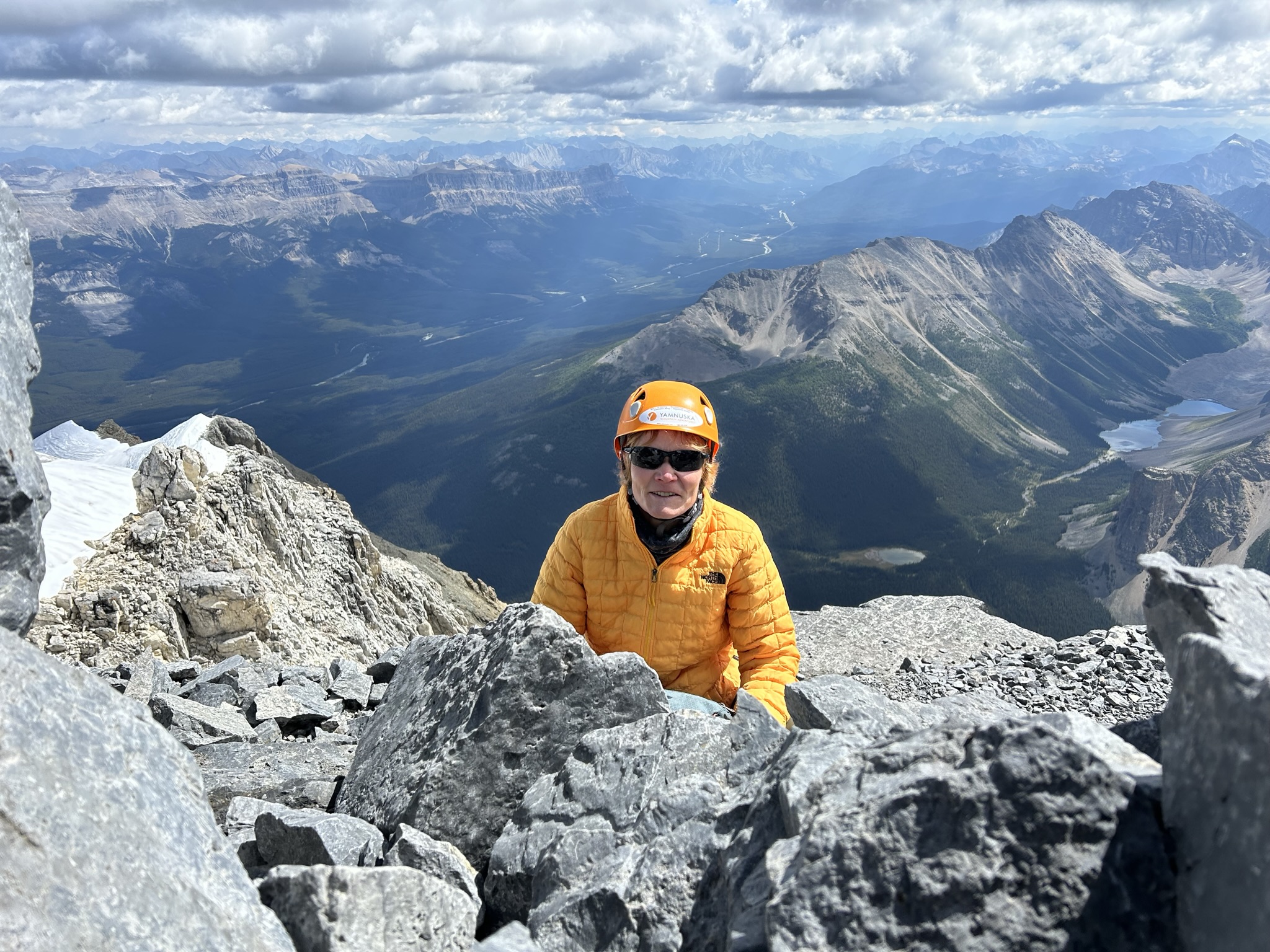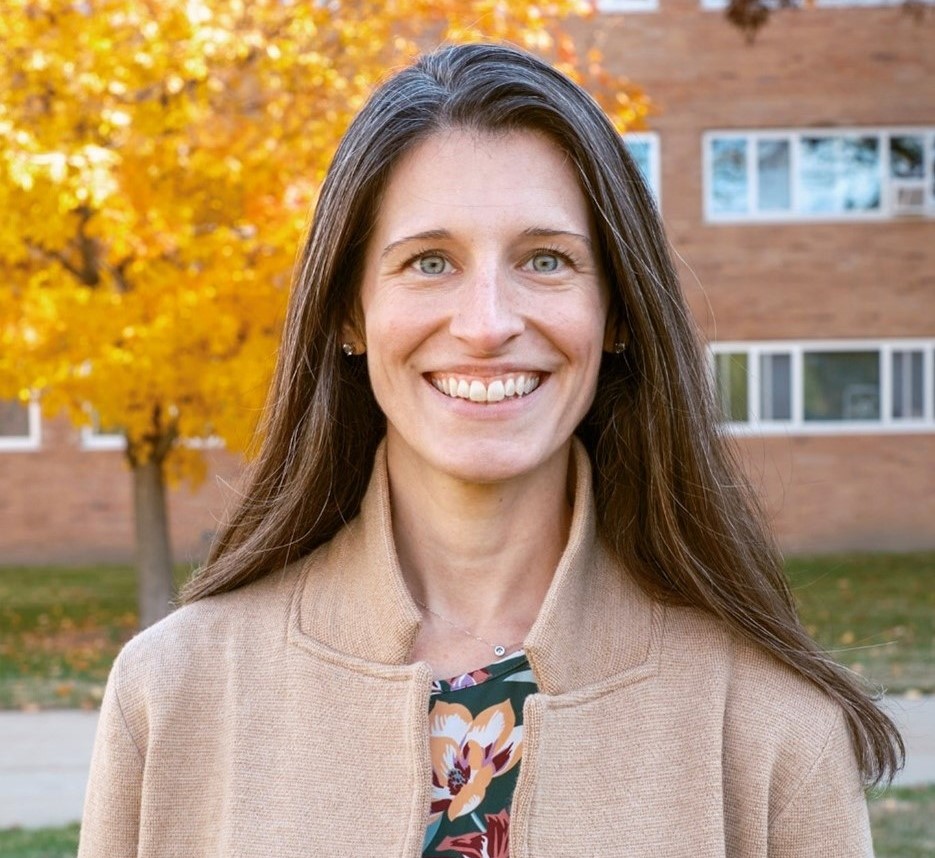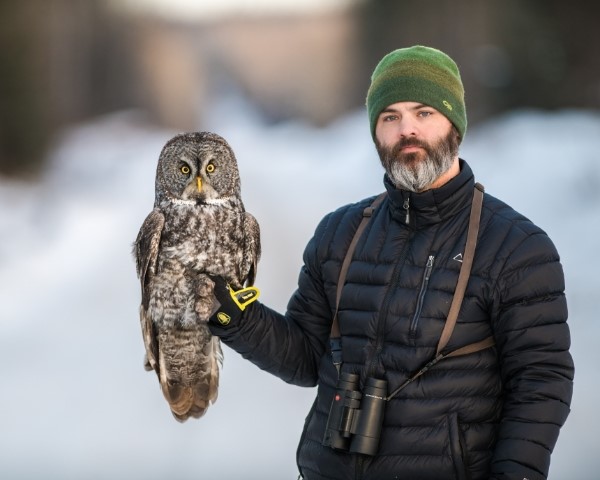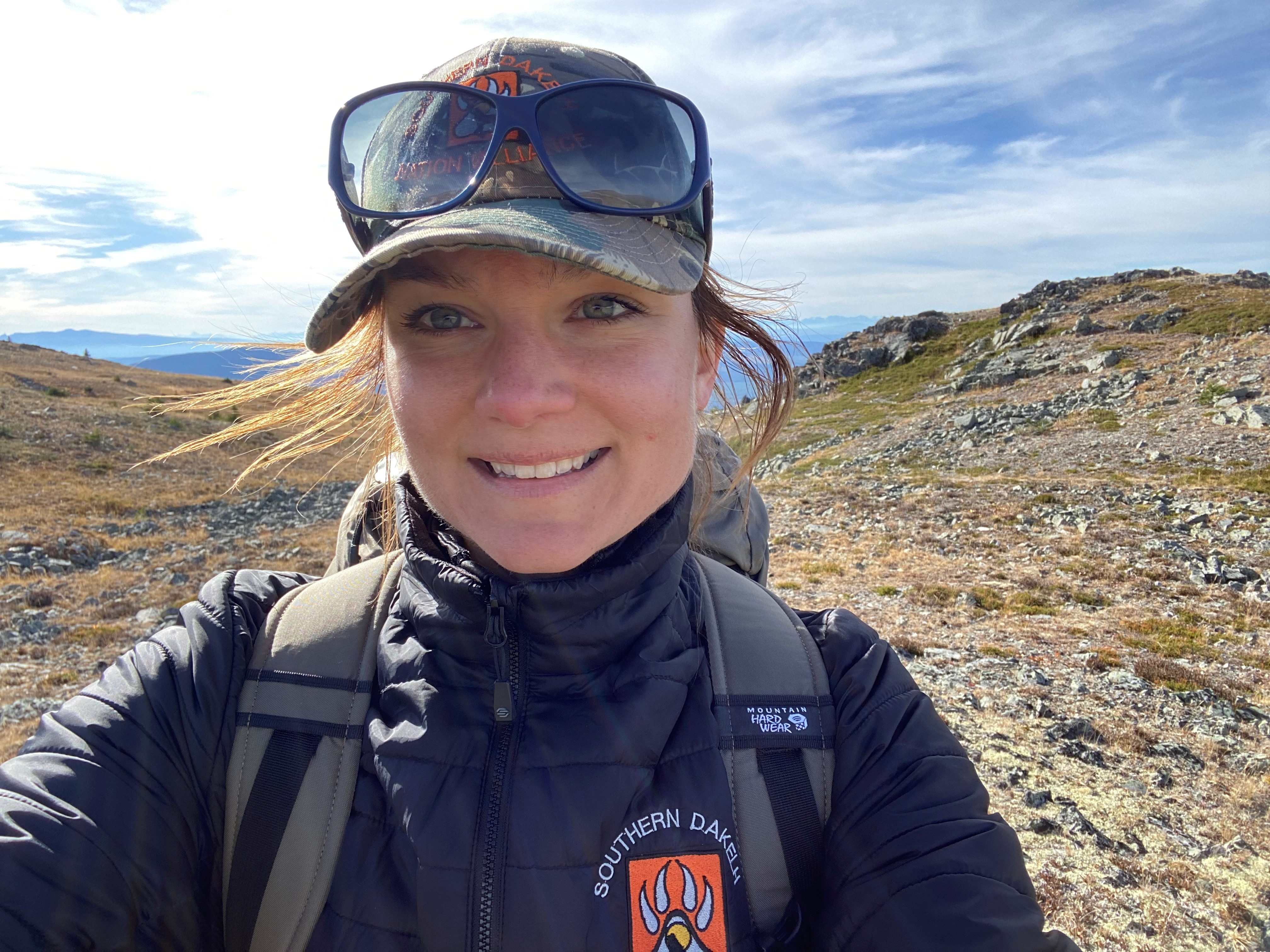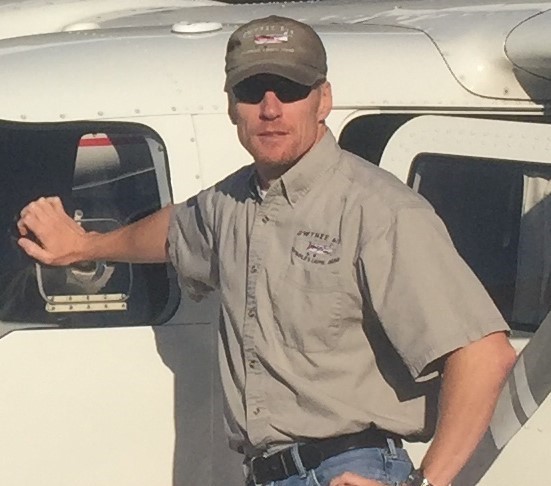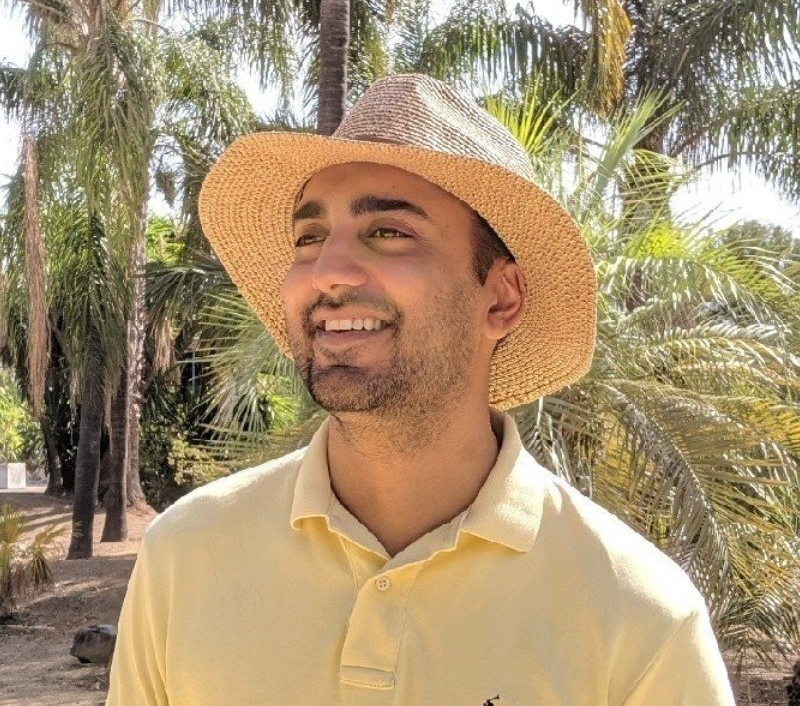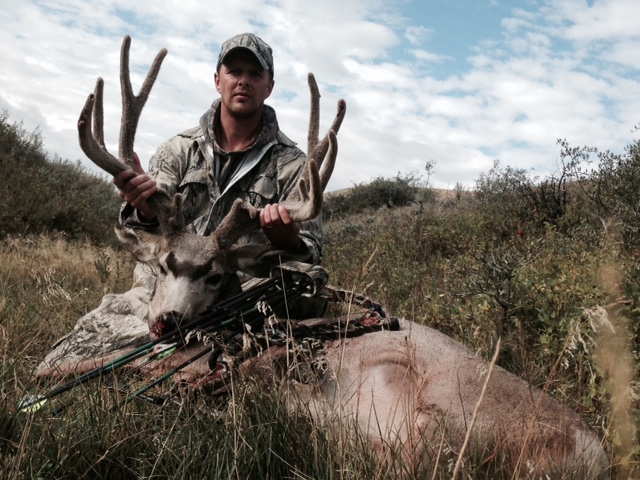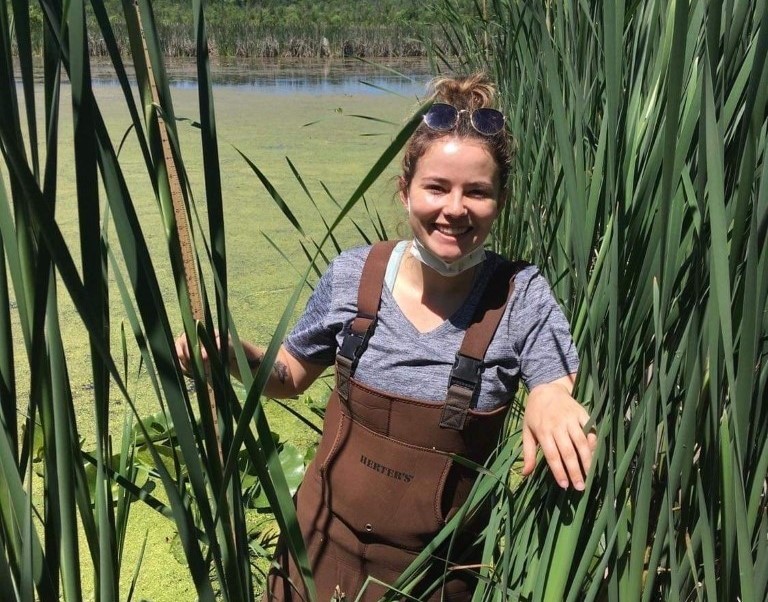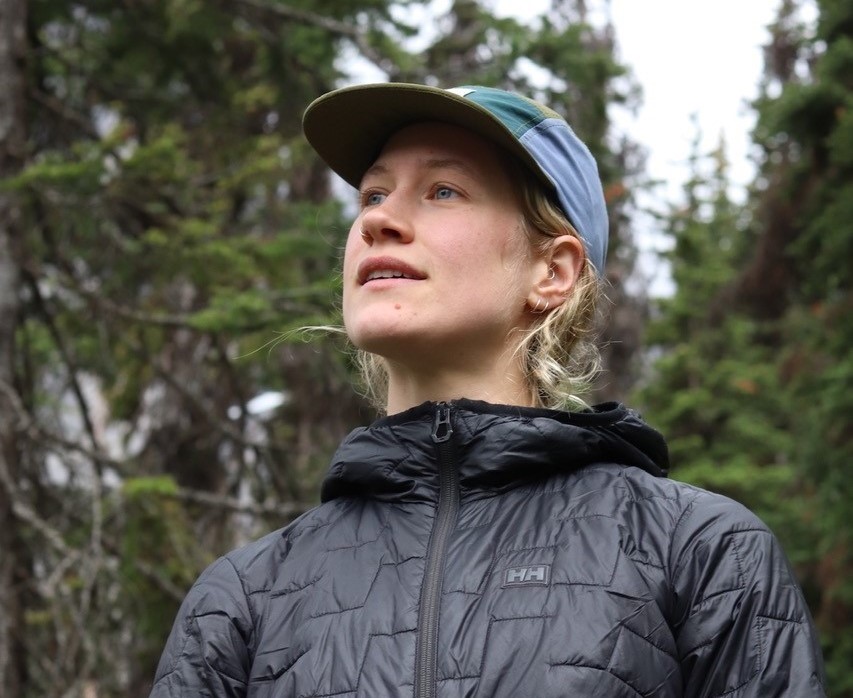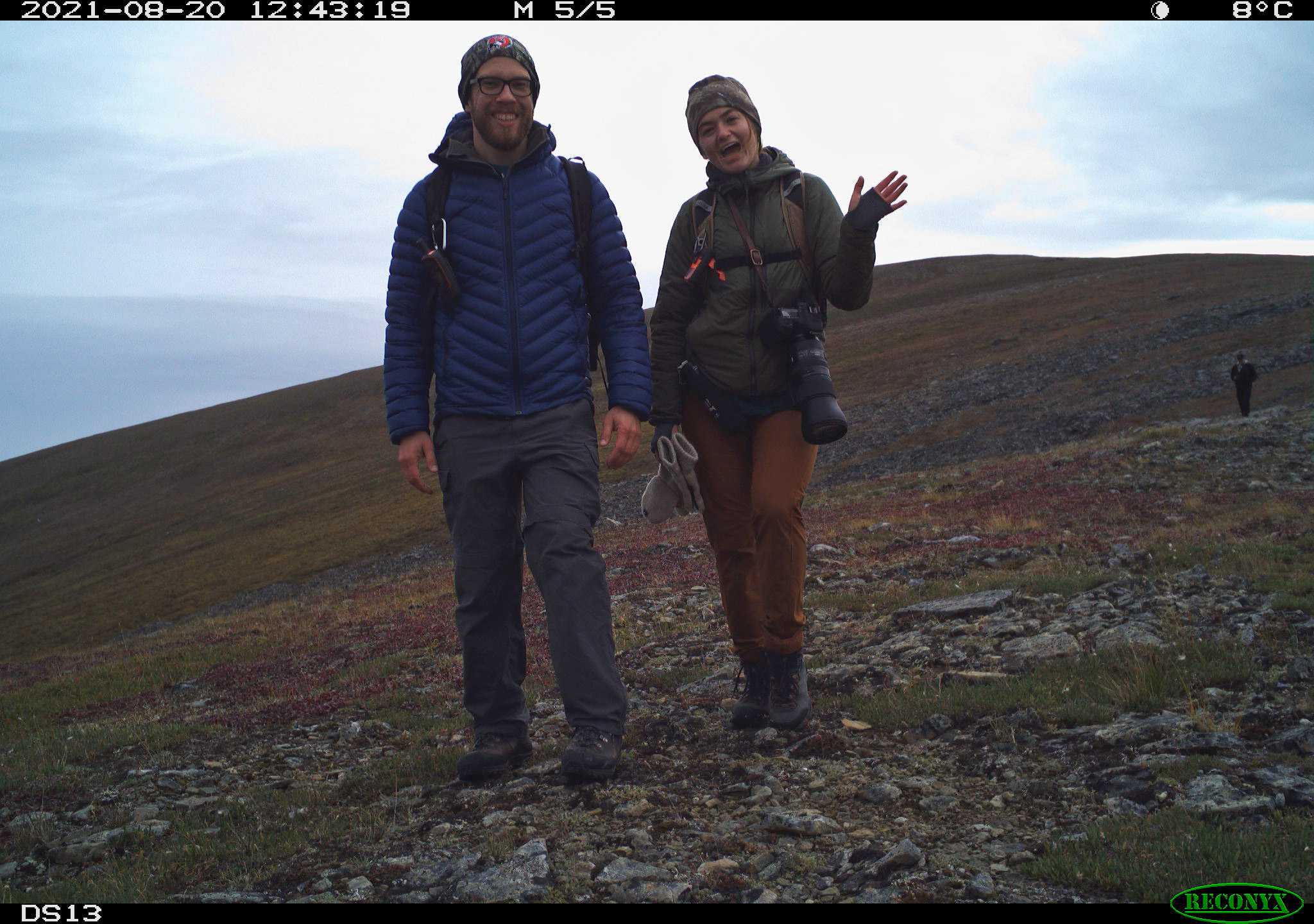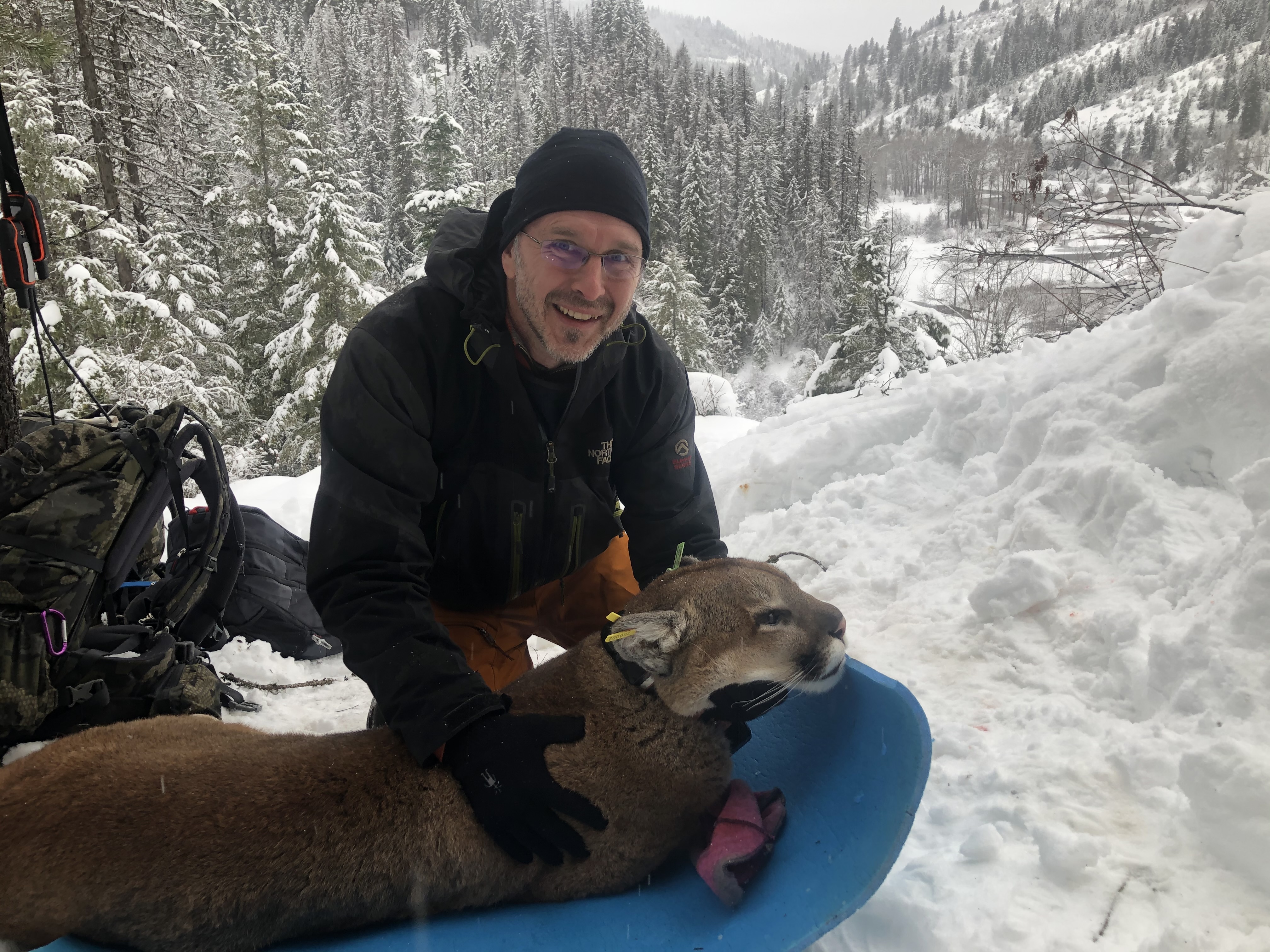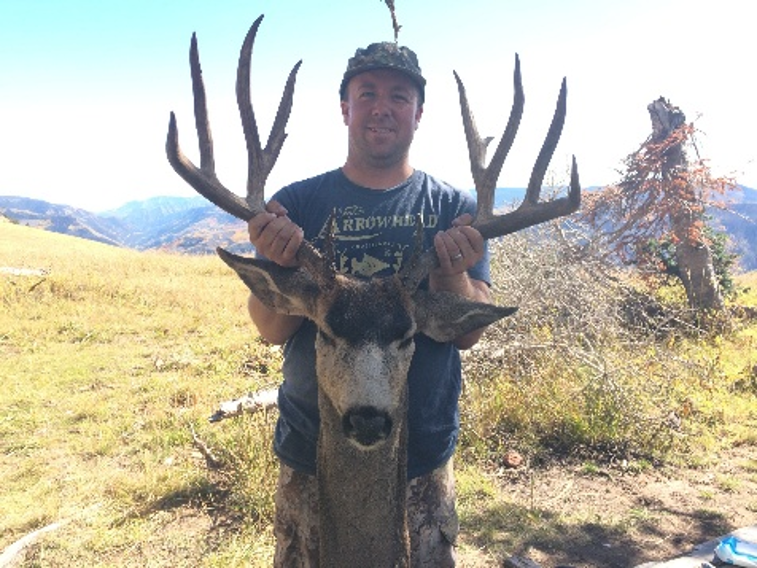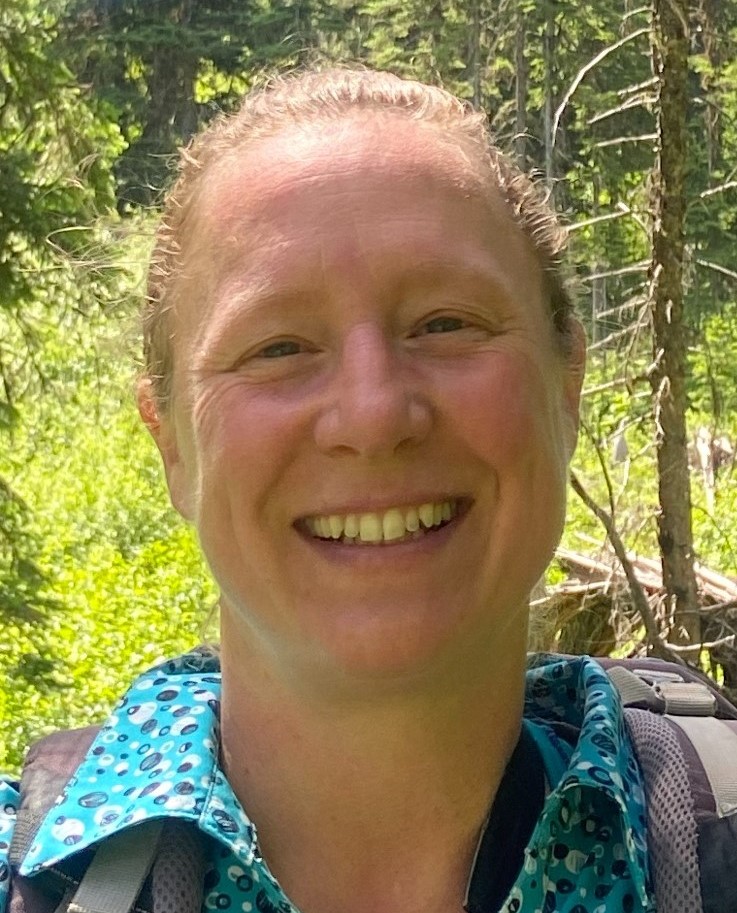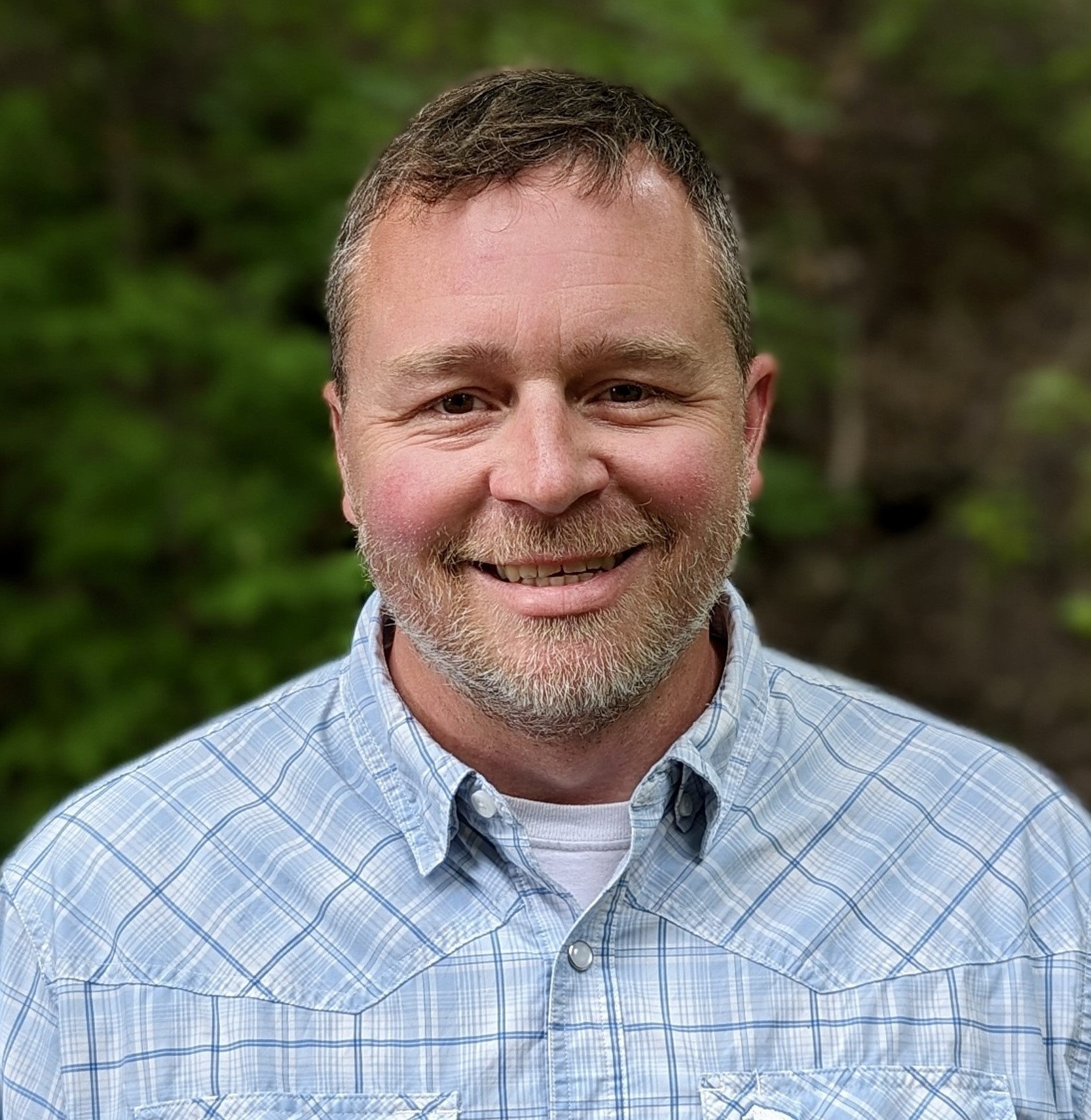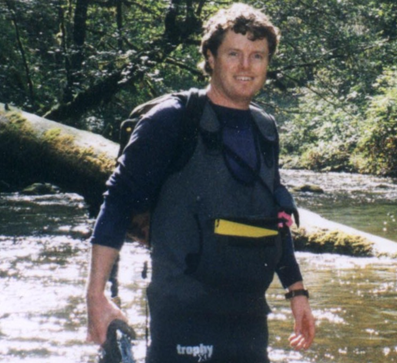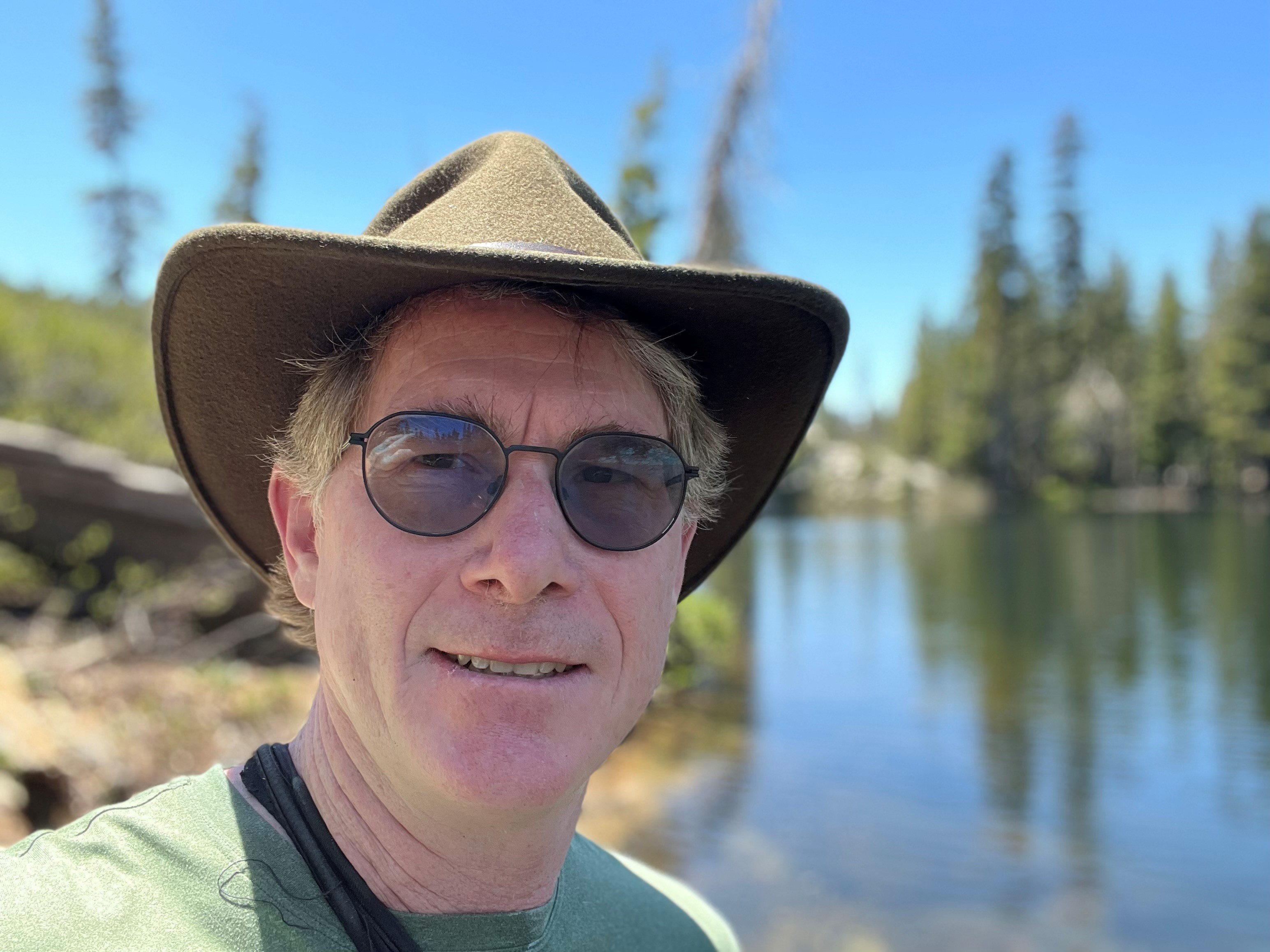Speaker Bios & Presentations#
Day 1: Workshop Welcome & Monitoring Needs#
Day 1 - Tuesday, June 4th, 2024
Sue Cotterill#
Sue Cotterill, Executive Director, Fish and Wildlife Stewardship, Environment and Protected Areas (EPA)
Title: Workshop welcome
Bio: Sue started with Fish and Wildlife in 2000 as a species at risk biologist before moving into the Assistant Deputy Minister’s office as the executive advisor. She returned to Fish and Wildlife in 2011 to lead the species at risk and wildlife disease programs and stepped into the Executive Director role in 2023. Outside of work, Sue enjoys gardening, getting lost in books, and ice fishing.
Mark Edwards#
Mark Edwards, Senior Science Advisor, Office of the Chief Scientist, EPA and Adjunct Professor, University of Alberta
Title: Workshop introduction: Setting the stage
Bio: Mark has been working with Applied Conservation Ecology Lab (ACELab) as a Co-Principal Investigator on various projects including the Ronald Lake Bison Project and the Suncor Black Bear Project, among others.
Mark has been conducting field-based studies on mammals and their habitats for over 25 years. His focus on large mammals started with his PhD on Arctic grizzly bears in the Mackenzie Delta region of the Northwest Territories. His current work includes projects in Alberta and Atlantic Canada. His research is primarily focused on how animals use landscapes and how natural and human factors influence their behaviour, movements, and distribution across the landscape. His research is applied in nature with a focus on filling knowledge gaps for species that are of interest to many local groups. Currently, he is particularly interested in the influence predators such as wolves and black bears have on the Ronald Lake wood bison and on their fidelity to a large meadow complex in the northwest part of the herd’s range, and on how black bears use and co-exist with humans on industrial landscapes.
Watch Presentation - Mark Edwards
Dan Farr#
Dan Farr, Regional Director, Alberta Fish and Wildlife Stewardship, EPA
Title: Monitoring needs: Management agency perspectives
Bio: Dan has worked for 2 years in the role of Regional Director in northeastern Alberta. Before that, Dan spent much of his time working on monitoring systems with collaborators from the provincial government, Alberta Biodiversity Monitoring Institute, the University of Alberta, and others. He has co-chaired the Alberta Remote Camera Steering Committee since 2019.
Watch Presentation - Dan Farr
Mark Boyce#
Mark Boyce, Professor of Ecology and Alberta Conservation Association Chair in Fisheries & Wildlife, University of Alberta
Title: Ungulate monitoring with boots on the ground: a researcher’s perspective
Bio: Mark S. Boyce received his BS from Iowa State, MS from Univ of Alaska, MPhil and PhD degrees from Yale Univ, and was a NATO postdoctoral fellow at Oxford Univ. His research specialty is population ecology and he currently supervises 9 graduate students. He is a Fellow of both the Royal Society of Canada and The Wildlife Society and has been awarded the Mirosław Romanowski Medal from the Royal Society for applications of science to resolve environmental problems. Mark has published over 350 peer-reviewed papers and recently achieved h = 100.
Watch Presentation - Mark Boyce
Panel Q & A#
Day 1: Ungulate Monitoring Methods & Manned Aircraft#
Day 1 - Tuesday, June 4th, 2024
Anne Hubbs#
Anne Hubbs, Senior Wildlife Biologist, Fish and Wildlife Stewardship, EPA
Title: Whose doing what where: North American jurisdictional survey results
Bio: Anne moved to Alberta from Ontario over 20 years ago to work as a government wildlife biologist and live near the Rocky Mountains. As a senior area biologist and the (prior) provincial Big Game Specialist, she has contributed to bighorn sheep management, decision-making science, and integrated population modeling for mule deer. She especially enjoys collaborating with researchers and other wildlife managers to advance science and develop innovative solutions. She is co-chair of the Alberta Remote Camera Steering Committee and when not working, travels the globe in search of outdoor adventures and wildlife. Anne received her Masters and PhD from the Universities of Toronto and Western Ontario, respectively.
Watch Presentation - Anne Hubbs
Kayla Davis#
Kayla Davis, Quantitative Ecologist and Postdoctoral Researcher, University of Saskatchewan
Title: Addressing sources of error in aerial survey data: what are common pitfalls and solutions?
Bio: Kayla’s research is focused on developing an integrated metapopulation model to understand population dynamics and movement ecology of midcontinent populations of snow geese. She received her PhD from Michigan State University in spring 2024 where she studied avian survey methods and developed integrated models for bird species of conservation concern. Her work demonstrates how the continued assessment and improvement of data collection techniques and integrated modeling approaches can provide conservation scientists with accurate and precise estimates of population and community dynamics that can be used to inform biodiversity monitoring and conservation initiatives for birds and other taxa.
Watch Presentation - Kayla Davis
Mike Russell#
Mike Russell, Senior Wildlife Biologist, Fish and Wildlife Stewardship, EPA
Title: Improving precision and bias in ungulate survey estimates using distance sampling methods in Alberta
Bio: Mike has been closely involved in the development and delivery of Alberta’s woodland caribou monitoring program, aerial survey program for big game, and integrating population assessments into wildlife management and conservation for the past 18 years. Mike dedicates his spare time to a long-standing research endeavor focused on owl ecology in the old-growth forests of Alberta and British Columbia.
Watch Presentation - Mike Russell
Pauline Priadka#
Pauline Priadka, Wildlife Engagement Specialist, B.C. Water, Land and Resource Stewardship
Title: Optimizing aerial survey frequency by assessing cost versus uncertainty
Bio: Pauline Priadka completed her PhD in Boreal Ecology at Laurentian University looking at methods to optimize monitoring for moose. Her work was completed in partnership with the Ontario Ministry of Natural Resources and Forestry. She moved to British Columbia in 2021 to work for the Southern Dakelh Nation Alliance as a Wildlife Biologist.
Watch Presentation - Pauline Priadka
Panel Q & A#
Day 1: Aerial Infrared Imaging & Drones#
Day 1 - Tuesday, June 4th, 2024
Daniel Melody#
Daniel Melody, Wildlife Biologist and Operations Manager, Owyhee Air Research
Title: Aerial Infrared for Monitoring Ungulate Populations at the Landscape Scale: Advantages and Important Considerations
Bio: Born and raised in southern Idaho, I grew up on a self-sustaining cattle ranch with a deep appreciation of wildlife and landscape stewardship. I am a life-long hunter, angler, and conservationist; dedicated to the ideals of keeping wild things wild and systems level management for the benefit of all species. My specialty is in mountain ungulates, and I hold a Master of Science degree in wildlife ecology with a special emphasis on ungulate nutritional ecology. I joined Owyhee Air Research (https://www.owyheeair.com/) in 2017 and have since conducted aerial infrared surveys for every economically important species, in virtually every habitat type in North America.
Watch Presentation - Daniel Melody
Kanwar Johal#
Kanwar Johal, co-founder, Superwake
Title: Wildlife surveying using solar electric UAVs
Bio: Kanwar is in charge of business development and providing feedback to the engineering team for product design. Superwake (https://www.superwake.ca) is located in Toronto, Ontario, and specializes in designing, manufacturing and operating unmanned aerial vehicles (UAVs). Their flagship UAV is the fixed-wing solar electric SW117. It has a wingspan of 5.3 m, a take-off weight of 25 kg, and is capable of 9-hour flights in -20 C. Superwake is focused on wildlife surveying and has carried out operations across North America.
Watch Presentation - Kanwar Johal
Todd Whiklo / Kirsten Solmundson#
Todd Whiklo, Game and Fur Manager, Manitoba Wildlife Branch Kirsten Solmundson, Population Assessment Manager Manitoba Wildlife Branch
Title: Manitoba’s modernization of big game aerial surveys
Bio (Todd): Todd has a B.Sc. and M.SC. from the University of Manitoba. He has worked for the Government of Alberta, Saskatchewan, and Manitoba in several capacities. His current role at Manitoba Wildlife focuses on provincial level strategies for the management of big game, game birds and fur bearers.
Bio (Kirsten): Kirsten has a BSc Hons from the University of Manitoba and a PhD from Trent University, where her research focused on boreal caribou. At the Manitoba Wildlife Branch, Kirsten manages several wildlife research and monitoring programs with a focus on big game species. Her areas of research include aerial surveys, GPS-collaring, and genetic studies.
Watch Presentation - Todd Whiklo / Kirsten Solmundson
Nicholas Coops#
Nicholas Coops, Professor, University of British Columbia and a Canada Research Chair (Tier 1) in Remote Sensing
Title: Examining the current practicality and potential of Copter and Fixed Wing Drones for wildlife surveys. Initial Project Development and Plans
Bio: Nicholas is the head of the Integrated Remote Sensing Studio (IRSS) within the Faculty of Forestry at UBC, a research lab at UBC investigating and demonstrating applications of remote sensing data to environmental and forest production issues with 35 PhD, MSc, and Postdocs. He has enjoyed active and vibrant partnerships with FRI Research and Government of Alberta Staff over the past 15 years examining a range of remote sensing applications from initial development to operations.
Watch Presentation - Nicholas Coops
Panel Q & A#
Day 2: Recap Day 1 & Breakout Summaries#
Day 2 - Wednesday, June 5th, 2024
Watch
Day 2: Remote Cameras & Telemetry#
Day 2 - Wednesday, June 5th, 2024
Jamie Clarke#
Jamie Clarke, Masters student, University of Victoria
Title: Camera traps for density estimation: an eye to improving the science that guides game species management
Bio: Jamie is a Masters student in the Applied Conservation and Macro Ecology (ACME) lab, supervised by Dr. Jason Fisher. In collaboration with the Government of BC and the University of British Columbia, Jamie is testing camera traps as a tool to estimate ungulate densities. Before beginning her Masters, and while working for the WildCAM network, she wrote a handbook on density estimation using camera traps.
Watch Presentation - Jamie Clarke
Marcus Becker#
Marcus Becker, Applied Ecologist, Alberta Biodiversity Monitoring Institute
Title: Comparisons between moose densities with aerial surveys and integrated camera projects
Bio: Marcus is based out of the University of Alberta in Edmonton. He works primarily with remote camera trap data to model and map native species habitat associations, evaluate the impacts of human disturbance to wildlife, and report on population trends.
Watch Presentation - Marcus Becker
Sydney Goward & Steve Anderson#
Sydney Goward, Planning Officer, Ministry of Forests
Steve Anderson, Wildlife Biologist, Gwich’in Renewable Resources Board
Title: Remote cameras sample mountain ungulate population demography as compared to aerial surveys in an Indigenous-led community-based monitoring program
Bio (Sydney): Sydney is a Registered Professional Forester (RPF) in British Columbia (BC), with a background in wildlife ecology and habitat management through the forestry sector in both BC and Alberta. She recently graduated with a Master of Science (MSc) where her work focused on Indigenous-led community-based monitoring of Dall’s sheep and grizzly bears in the Gwich’in Settlement Area of the Northwest Territories. Her thesis explores the use of remote wildlife cameras to obtain population demography of Dall’s sheep as compared to aerial surveys, with special interest paid to community and youth engagement throughout. Concurrent to her MSc, Sydney also co-authored BC’s Thinhorn Sheep Stewardship Framework as part of the Indigenous Perspectives working group. She currently works for BC Timber Sales in the Ministry of Forests as a Planning Officer, where she is responsible for strategic planning and forest stewardship across four natural resource districts on BC’s south coast and Haida Gwaii.
Bio (Steve): Steve is based in Inuvik, Northwest Territories, where his work focuses on monitoring and managing local wildlife populations. The GRRB places a strong emphasis on community involvement, so his projects typically include Renewable Resource Councils and community members from start to finish. One of his main projects is a collaboration between several agencies to study Dall’s sheep in the Northern Richardson Mountains, which includes aerial surveys, data from wildlife cameras, and the collection of traditional and contemporary Gwich’in knowledge. Steve holds a BSc in conservation biology from the University of Alberta.
Watch Presentation - Sydney Goward & Steve Anderson
Jon Horne#
Jon Horne, Senior Wildlife Research Biologist, Idaho Department of Fish and Game
Title: Using remote cameras to inform Idaho’s management program
Bio: Jon received his undergraduate degree in Wildlife Science from North Carolina State University; his Master’s from Texas A&M-Kingsville where he studied habitat partitioning between ocelots and bobcats; and his PhD from University of Idaho where he developed new methods to estimate wildlife movements, space use, and habitat selection. After receiving his PhD, Jon worked on a variety of critters spanning half the globe… from polar bears and caribou in Alaska, to golden-cheeked warblers and Sonoran pronghorn in the southern U.S., to fish owls in Russia. Jon is currently researching population dynamics of big game and developing better methods to monitor Idaho’s wildlife.
Watch Presentation - Jon Horne
Randy Larsen#
Randy Larsen, Professor of Wildlife Ecology in the Department of Plant and Wildlife Sciences, Brigham Young University
Title: How telemetry can meet the multiple needs of wildlife agencies
Bio: Randy received a PhD from Utah State University in 2008 and was hired shortly thereafter at BYU. For the last decade, he has worked collaboratively with the Utah Division of Wildlife Resources and non-profit organizations to monitor mule deer and other ungulates across Utah with GPS collars. This monitoring effort has involved capture and marking of more than 10,000 ungulates in Utah leading to a large and robust data set used to inform conservation and management efforts. These data have increased our understanding of ungulate ecology—primarily mule deer—leading to improved management of this species. He will share findings and insights learned over the last decade from this large conservation effort.
Watch Presentation - Randy Larsen
Panel Q & A#
Day 2: Breakout Summaries & Discussion#
Day 2 - Wednesday, June 5th, 2024
Watch
Day 3: Genetics & DNA#
Day 3 - Thursday, June 6th, 2024
Lalenia Neufeld#
Lalenia Neufeld, Wildlife/Caribou Biologist, Jasper National Park, Parks Canada
Title: Long-term fecal DNA informs details of a local caribou population
Bio: Lalenia has worked in caribou monitoring and research for 20 years, both inside and outside protected areas. In her current role, Layla coordinates and identifies caribou research and monitoring priorities; designs and conducts fieldwork; analyses data and reports on research findings; participates in impact analyses for projects affecting woodland caribou individuals and critical habitat; and consults with public and stakeholders on caribou issues. She has worked with many collaborators on studying caribou and translating findings into improved wildlife and habitat management in Jasper National Park, including predator-prey studies, caribou population modelling, genetics, health, landscape ecology, and recovery options analyses. She has been a key collaborator in developing the concept for caribou conservation breeding.
Watch Presentation - Lalenia Neufeld
Tabitha Graves#
Tabitha Graves, Supervisory Research Ecologist, Glacier National Park
Title: Using DNA and citizen science to estimate goat and bighorn populations in Glacier and other U.S. National Parks
Bio: Dr. Tabitha Graves is a Supervisory Research Ecologist focusing on quantifying relationships between environment and wildlife. She is with the Northern Rocky Mountain Science Center and her office is at the Glacier Field Station in Glacier National Park.
Watch Presentation - Tabitha Graves
Panel Q & A#
Day 3: Bringing It All Together#
Day 3 - Thursday, June 6th, 2024 Using Integrated Population Models And Multiple Monitoring Methods
Josh Nowak#
Josh Nowak, founder, SpeedGoat Wildlife Solutions
Title: Beyond descriptions: Leveraging disparate data sources with Integrated Population Models
Bio: Josh is an employee and founder of SpeedGoat Wildlife Solutions (https://www.speedgoat.io/ ) where he collaborates with more than 16 wildlife agencies on a variety of projects from statistical analysis to monitoring program design. He has been working with Integrated Population Models for over 15 years and has implemented them for predator, big game, and non-game species across North America.
Watch Presentation - Josh Nowak
John Boulanger#
John Boulanger, Biometrician, Integrated Ecological Research, B.C.
Title: Various tools to confront challenging ungulate survey data: A barren-ground caribou case study
Bio: John has worked as a biometrician and field biologist for the last 23 years. He specializes in the analysis of ecological data and statistical models that are customized to the biology of the organism studied and the study design employed. John is a Registered Professional Biologist and a member in good standing with the College of Applied Biology. He is also a member of the International Union for the Conservation of Nature (IUCN) Bear Specialist Group. In addition to quantitative work, John has worked on field projects addressing estimation issues with bears, caribou, other ungulates, pikas, scuirids, raptors, small mammals, amphibian, water quality, invertebrates, and fish species.
Watch Presentation - John Boulanger
Brett Furnas#
Brett Furnas, Big Game Conservation and Science Support Supervisor, California Department of Fish and Wildlife
Title: Using multiple methods to estimate population size and composition of mule deer
Bio: Brett is a UC Berkeley trained quantitative ecologist who has focused most of his career on monitoring wildlife populations over large geographical regions. He recently led CDFW’s effort to update its Black Bear Conservation Plan which applies an integrated population model to inform adaptive management. He has extensive experience designing population studies for deer using fecal DNA, camera trap, and helicopter count methods. He has also researched a variety of other taxa including forest songbirds and desert lizards. He began his career as a Peace Corps Volunteer in Southern Africa.
Watch Presentation - Brett Furnas
Panel Q & A#
Day 3: Bringing It All Together: Panel Q & A
Using Integrated Population Models And Multiple Monitoring Methods
Watch
Read
Day 3: Breakout Summaries & Discussion#
Day 3 - Thursday, June 6th, 2024
Watch
Day 3: Next Steps & Workshop Wrap-Up#
Day 3 - Thursday, June 6th, 2024
